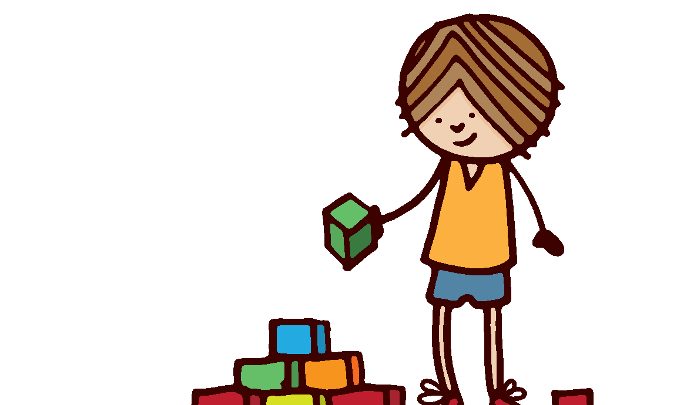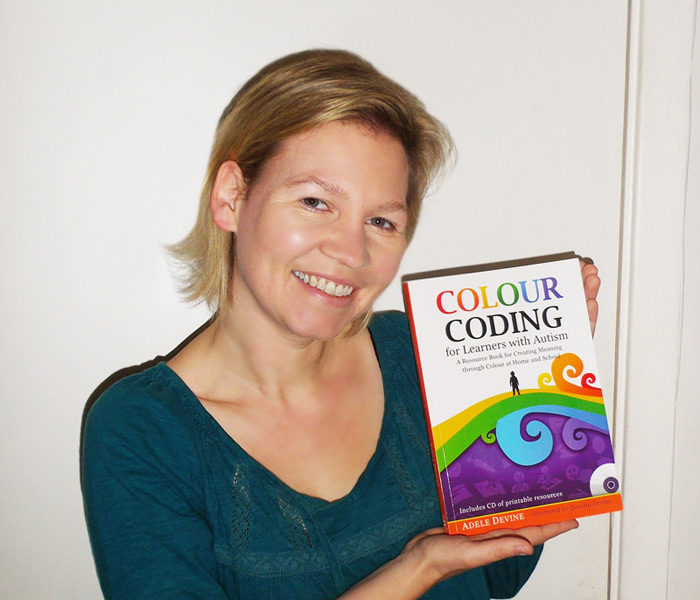Communication, Creativity, Commitment – The Three Cs That Can Turn An SEN Child’s Behaviour Around

With a committed team dedicated to seeing a child turn her negatives into positives you can help channel destructive energies into creative endeavours

- by Adele Devine
- Early years and SEN specialist, author, keynote speaker and trainer Visit website

There’s a new boy in your class and he’s whipping up a storm.
Your art area has been ransacked, with paints splattered and glitter scattered.
A dry-wipe pen has left a wiggly trail of black swirls all over the walls and tables.
Your heart breaks as you throw away those chewed-up plastic minibeasts you’ve spent years collecting that had been so lovingly displayed in your ‘investigation station’.
This boy doesn’t respond to ‘no’ and won’t stay in time out. The usual reward systems mean nothing and he has boundless energy.
You say your goodbyes at the end of the day. Your lovely classroom is in shreds and will take hours to restore. What can you do? Turn to the three Cs – Communication, Creativity and Commitment…
Communication
Discuss and agree strategies as a team. Write an Individual Behaviour Management Plan (IBMP), which can be shared with all those who work with and support the child. Speak to parents and show them this plan, asking for their input and checking that they are in agreement. Help them come up with practical ways to redirect behaviours at home.
Creativity
The child who climbs will not be stopped by being told ‘no’, but they can be redirected to climb on something different. The child who rips down your displays or tears up the book corner will need a space where they can be redirected to rip and shred in a helpful way. Maybe they could be ripping up the recycling or preparing collage materials?
Try redirecting the child from:
• Chewing toys to chewing specially made sensory chews.
• Drawing on walls to supervised drawing on big paper.
• Climbing on tables to climbing on a climbing frame.
• Ripping up books to ripping up paper for collage.
• Throwing toys at staff to tidying up or throwing a ball.
Commitment
You will need a really committed team of staff who are completely dedicated to seeing the child turn around. They will need to continue agreed strategies when you are out of sight, so it’s vital that they have contributed and committed to the behaviour plan.
Speak to lunchtime supervisors, after-school club leaders, temporary support staff and parents. If everyone involved is committed and consistent, the turn around will be so much faster.
Final thoughts
Picasso once observed that, “Every act of creation is first an act of destruction.” When that tricky child arrives in your class, don’t look at erasing their behaviours but think up creative ways to embrace their emotional or sensory needs. What are they are getting from the ripping, the chewing, the leaping or the throwing? Brainstorm with your team and find a way to redirect them in a positive way.
Useful websites
Intensive Interaction
Sensory Integration
Case study: ‘Wilf the whirlwind’
Climbing and chewing
Wilf could bounce from radiators to the tops of cupboards. He would smile cheekily as we helped him down and then climb up again in a flash. He usually had a hard toy in his mouth too – no matter how many toys we removed he always seemed to have one in the process of being destroyed. His teeth were sharp. Toy after toy had to be binned.
A sensory diet
We needed to put an individual sensory diet in place for him right away. We referred him to occupational therapy and came up with an individual plan, which involved lots of structured activities, where he could climb, bounce and swing. We also ensured he had deep pressure at times for five to 10 minutes before sessions when he was going to benefit from being calmer.
Wilf loved to sit in our little car and be pushed around by staff. He seemed to need to be on the move, and when he could be moved around it calmed him. Wilf was preverbal so we introduced symbols to request ‘help’ when he wanted us to push the car. He made fast progress with communication and it was rewarding to see his beaming smile as he exchanged the symbol for more pushes.
We made sure that Wilf always had a hard chewy, which meant he wasn’t trying to chew the toys so often. We kept a stock of apples and carrots, which we offered him too. We were consistent at all times so that there were no mixed messages.
The outcome
Wilf has settled a lot, but he still needs to bounce, to climb and to chew. We were not going to stop these things as they are rooted in his sensory needs, but we have created a sensory diet to redirect him in a positive way.
Case study: ‘Theo the thrower’
Throwing toys
Theo was an anxious, preverbal child and found transitions distressing. He would walk to class calmly, but on arrival would throw himself to the ground and cry. After he had calmed he would usually go and sit by the box of bricks or train tracks, and throw them across the room one by one.
Intensive interaction
Theo’s behaviours seemed rooted in a need to create order and control, and the crying and throwing were ways he’d found to let us know that he was anxious. Gradually we built Theo’s trust through Intensive Interaction. We redirected the throwing bricks by emptying them out and encouraging him to throw them into the box. We praised him for ‘good tidying’. We made sure we were consistent with this approach. We also sat by him and built brick towers so that he could see other ways to play with bricks. He started to show interest. He looked and giggled when our brick towers toppled over.
The outcome
We surrounded Theo with smiles and he became more and more playful through Intensive Interaction. He still cries sometimes when we transition, but recovers more quickly now.
Today I observed Theo pick up some bricks and put them in the toy box at tidy-up time. I smiled and praised him for ‘good tidying’. I put out my arms and he ran to me for a cuddle, saying the very first word he has learnt to say: “Mum, Mum, Mum.” I could have cried.
BE PREPARED
10 redirecting resources to keep to hand
- A box of chewys.
- Something the child can climb on.
- A mini trampoline to bounce on.
- Access to collage paper to rip up.
- Somewhere suitable to draw.
- Instruments to bang.
- Big boxes to hide in.
- Dressing-up clothes.
- Balls to throw and kick.
- Staff who smile and play!
Adele Devine is a teacher at Portesbery School & director of SEN Assist.










